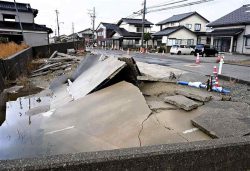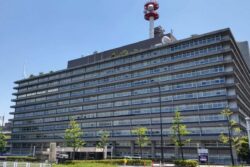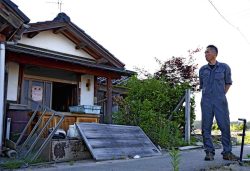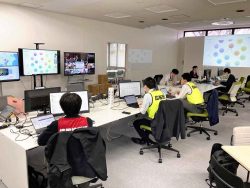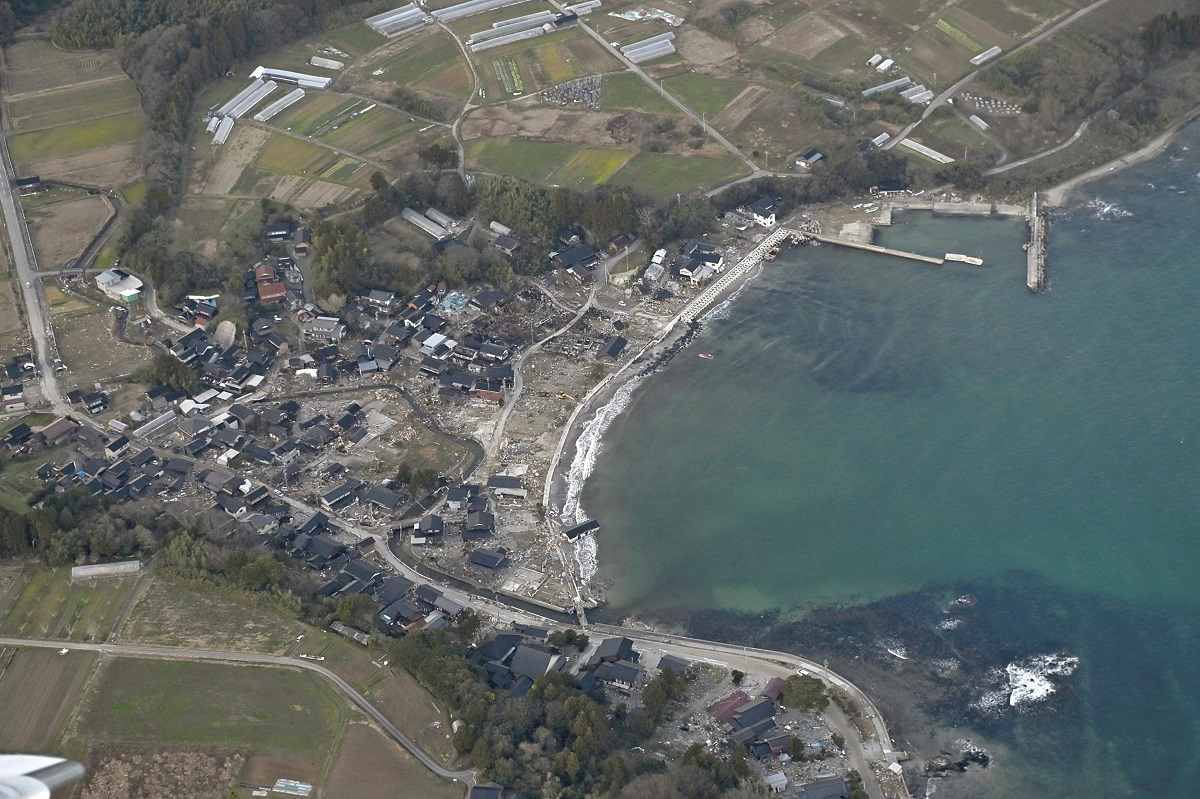
An aerial view of the devastated Shiromaru district in Noto taken from a Yomiuri Shimbun helicopter on Jan. 11.
7:00 JST, February 5, 2024
NOTO, Ishikawa — When Nobuo Sakamoto was informed of the tsunami warning by a neighbor, he thought, “I still have time,” and he started to collect his valuables, a warm coat and other necessary items with little sense of urgency. “Even if a tsunami comes, it will only get my feet wet.”
Less than 10 minutes after a massive earthquake struck the Noto Peninsula on New Year’s Day, the first tsunami wave hit Sakamoto’s house 80 meters from the coast in the Shiromaru district of Noto, Ishikawa Prefecture.
The district, located on the east side of the peninsula, was quickly inundated and suffered extensive damage, including a woman’s house that was swept away by the rushing waters. The lack of time would nearly cost Sakamoto’s family far beyond mere possessions, and others shared their experiences of how quick action could mean the difference.
Sakamoto, 67, had been enjoying the day with his daughter and her family who had returned home for the New Year holiday. Including his son-in-law and grandchildren, about 10 people were gathered in the house when the earthquake struck at around 4:10 p.m. The tsunami was expected to hit around 5 p.m., a neighbor told him.
Minutes later, Sakamoto had just got his three grandchildren settled in his car with a plan to get to higher ground when the waters of the tsunami rushed into his garage. “Even if we try to escape by car, we would surely be swallowed up along the way,” he thought.
He got the grandchildren out of the car and the four of them headed to a storage shed in the back of the garage. By clutching a pillar of the shed, they would be able to withstand the surge, he thought. But it was far more powerful than he imagined, and they were soon engulfed by the muddy waters.
The heads of Sakamoto and two of his grandchildren — a second-year junior high school student and a sixth-grade elementary school student — emerged above the surface. But his granddaughter, a second-grader, was nowhere to be seen. He desperately thrashed around the coal-black waters in search of her when his left hand hit something. It was the girl, who was unconscious. Without thinking, he began artificial respiration, and after a short time, her eyelids fluttered open.
“I took the speed and power of the tsunami too lightly,” Sakamoto said with a tense look. “We should have evacuated immediately.”
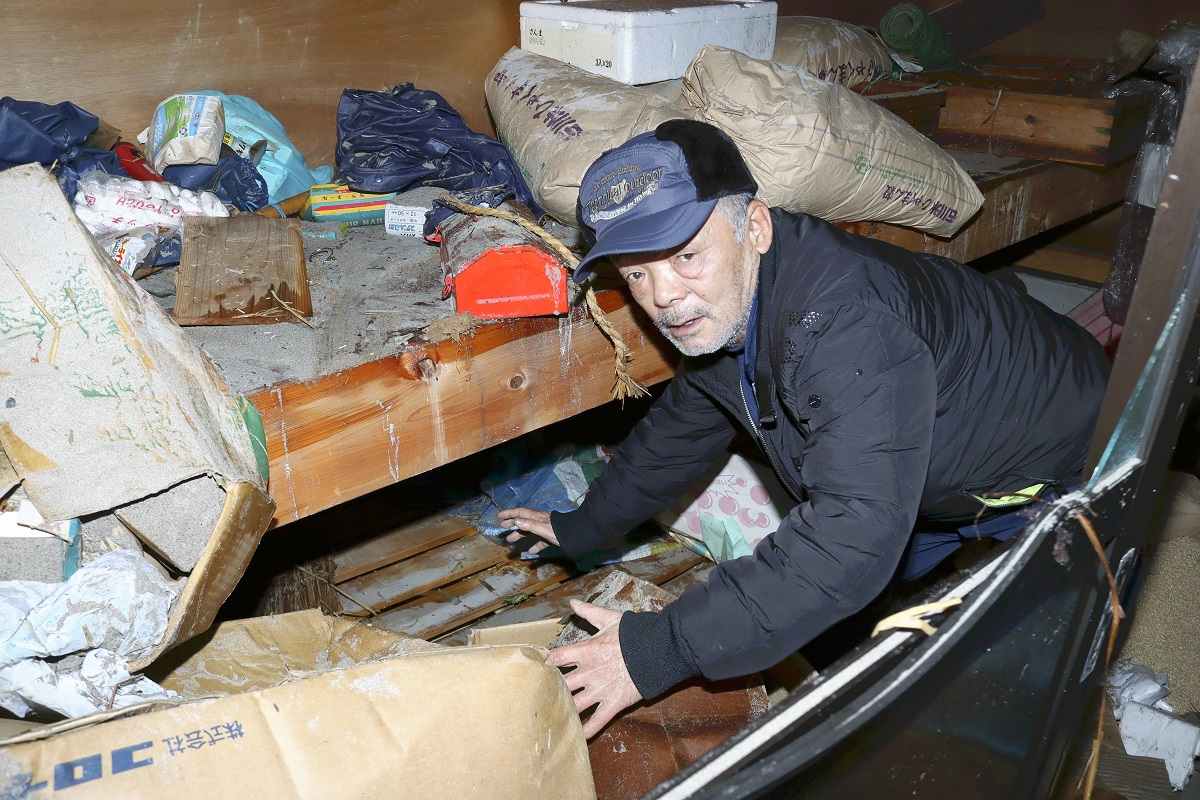
Nobuo Sakamoto talks on Jan. 8 about the horrifying experience of being engulfed by waters from the tsunami with his grandchildren in a storage shed in Noto, Ishikawa Prefecture.
‘The sea is terrifying’
“This was where the living room was. The sofa was here.”
Yumiko Sunayama speaks in a dazed way as she stares at a house that is no longer there. Only the foundation remains of the home located about 30 meters from the shore. She and her mother-in-law managed to escape by car to higher ground. When they returned the next day, they found a chest of drawers, the washing machine and the sofa amid a swath of debris that had been swept about 200 meters inland.
Sunayama, 66, used to have a panoramic view of the ocean from the second floor of the house, and she loved watching the sunrise in the morning. Now, all she can feel is: “The sea is terrifying.”
Quick thinking
Immediately after the first quake hit, Yuta Sekikawa wasted no time taking action, compelling the 13 family members and relatives gathered in his home to get moving.
“Whether there will be a tsunami or not, let’s get out of here,” shouted Sekikawa, 38.
His house is about 200 meters from the shore. Scenes of the tsunami from the Great East Japan Earthquake that were replayed constantly on the news were firmly embedded in his mind, and he had decided he would evacuate right after a big quake even if the situation was still unclear.
The group reached high ground a kilometer away, where they could hear the rumbling sound of the tsunami approaching the area. The living room and kitchen of his house were left with seas of mud. “It terrifies me to think what would have happened if we didn’t get out of there,” he said.
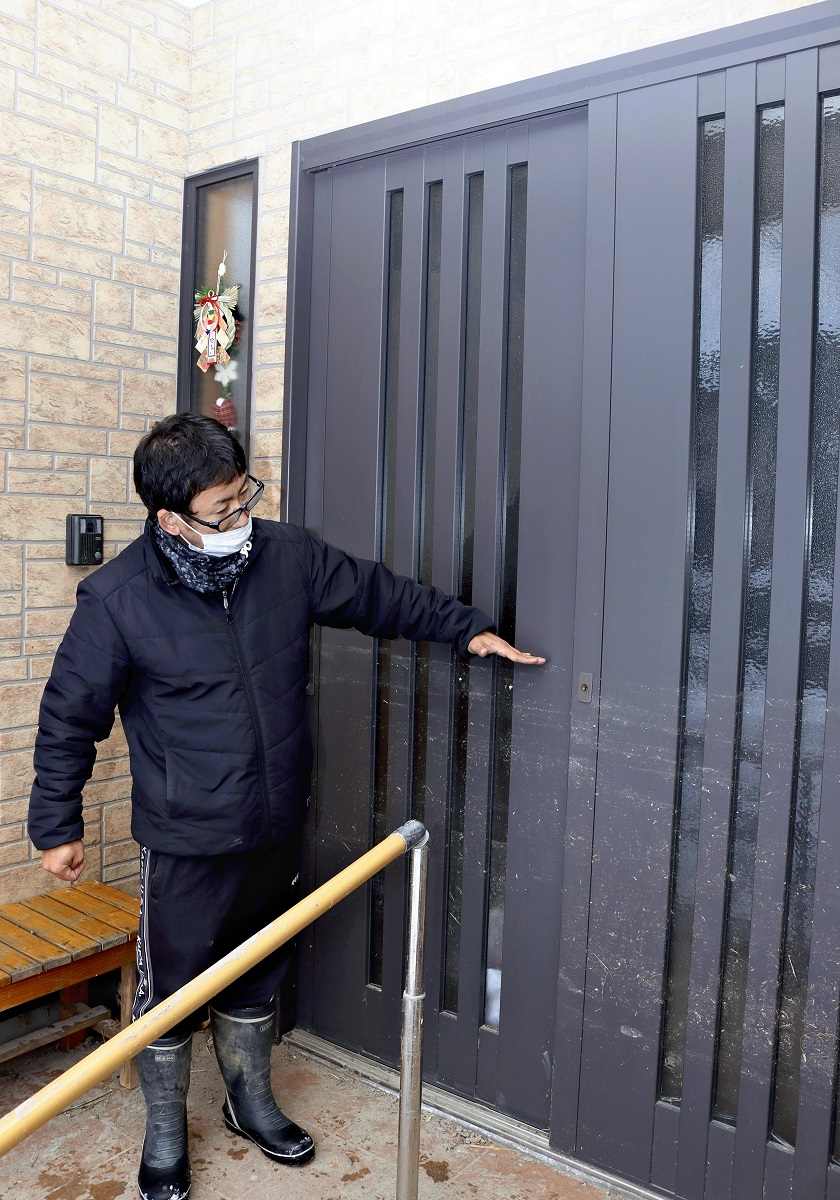
Yuta Sekikawa shows on Jan. 8 how high the tsunami likely reached at his house in Noto.
The intensity of the Noto Peninsula Earthquake reached upper 6 in Noto on the Japanese seismic scale, and a study by the Meteorological Agency found that the tsunami that swept over land reached as high as 4.7 meters in the Shiromaru district.
An analysis by specialists showed that the first wave of the tsunami may have reached Suzu, which borders the northern part of Noto town, one minute after the quake, and Nanao in the southern part of the peninsula two minutes later.
Town records show there were 139 buildings in the Shiromaru district. Although the full extent of the damage is not yet known, a walk through the district shows that more than a dozen houses on the coast were washed away, and about half of the houses suffered flooding above floor level. It could also be seen that the tsunami reached as far as 400 meters inland from the sea.
"Society" POPULAR ARTICLE
-

M4.9 Earthquake Hits Tokyo, Neighboring Prefectures
-

M7.5 Earthquake Hits Northern Japan; Tsunami Waves Observed in Hokkaido, Aomori and Iwate Prefectures
-

Tsukiji Market Urges Tourists to Avoid Visiting in Year-End
-

Israeli Tourists Refused Accommodation at Hotel in Japan’s Nagano Pref., Prompting Protest by Israeli Embassy and Probe by Prefecture
-
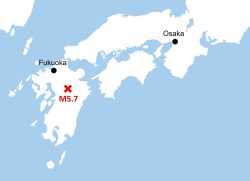
M5.7 Earthquake Hits Japan’s Kumamoto Pref., Measuring Upper 5 Intensity, No Tsunami Expected
JN ACCESS RANKING
-

Keidanren Chairman Yoshinobu Tsutsui Visits Kashiwazaki-Kariwa Nuclear Power Plant; Inspects New Emergency Safety System
-

Imports of Rare Earths from China Facing Delays, May Be Caused by Deterioration of Japan-China Relations
-

University of Tokyo Professor Discusses Japanese Economic Security in Interview Ahead of Forum
-

Japan Pulls out of Vietnam Nuclear Project, Complicating Hanoi’s Power Plans
-

Govt Aims to Expand NISA Program Lineup, Abolish Age Restriction


